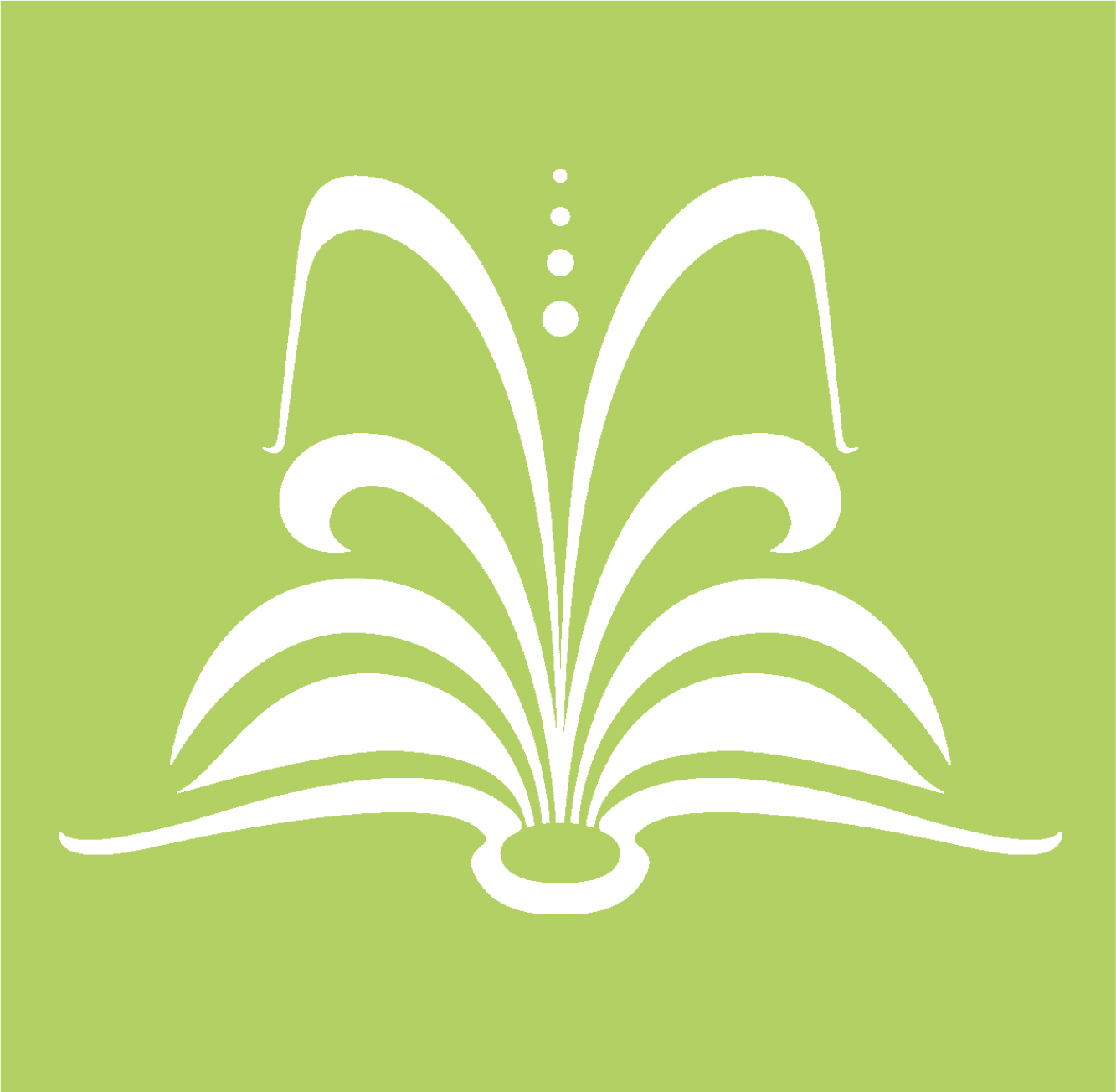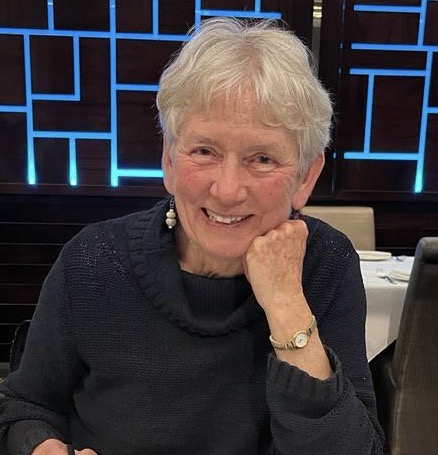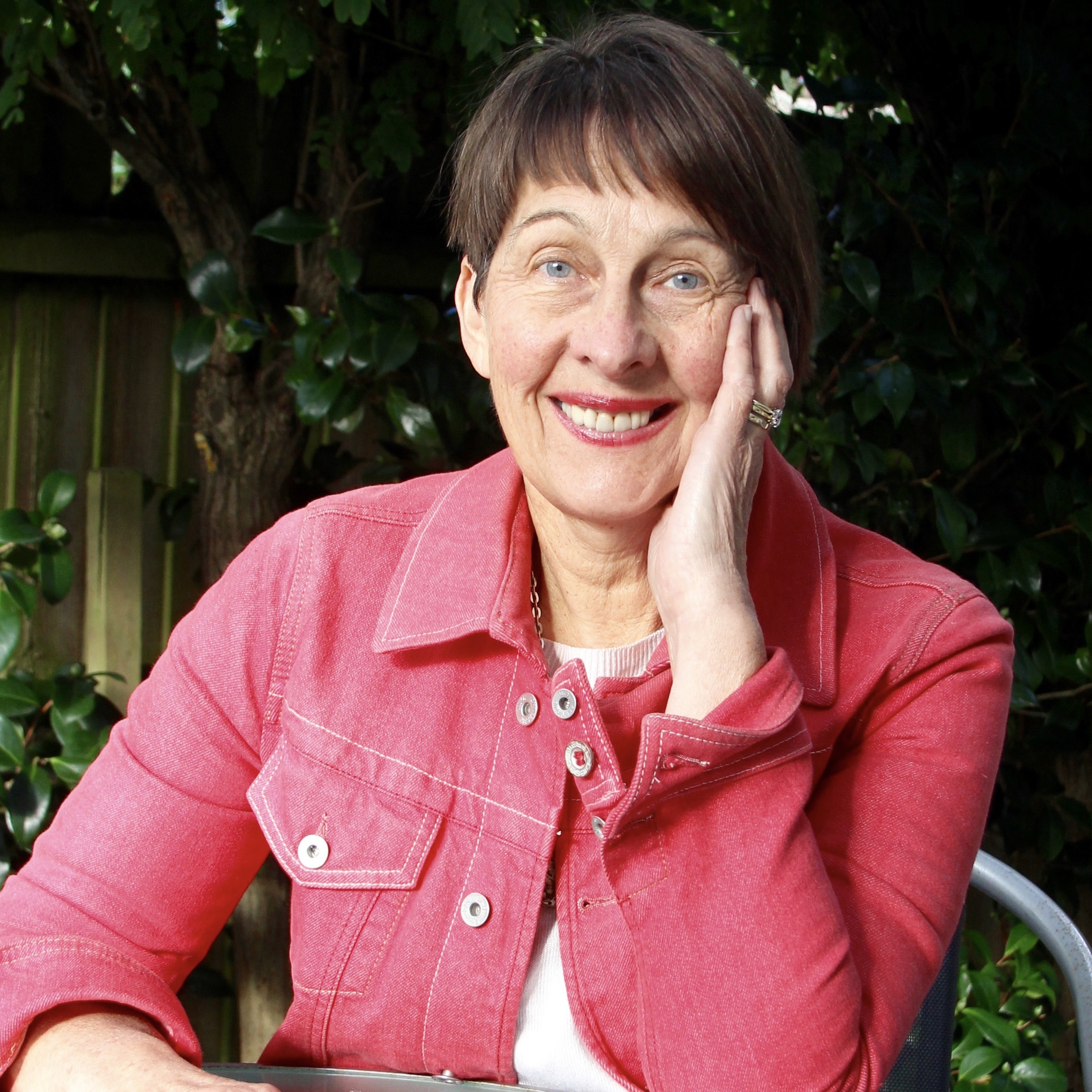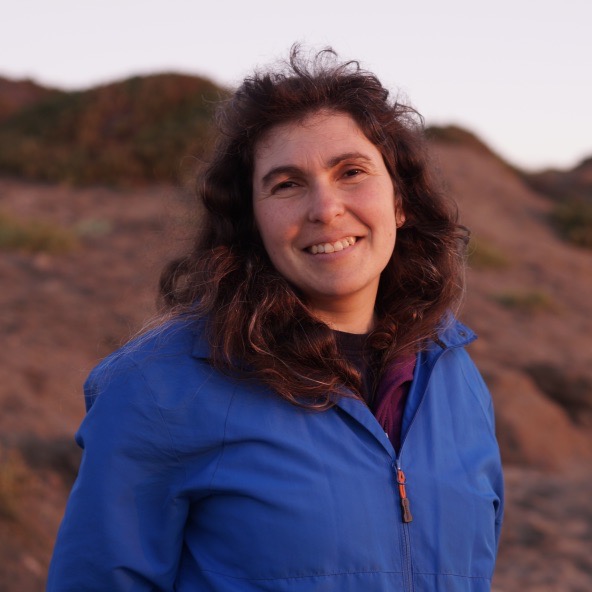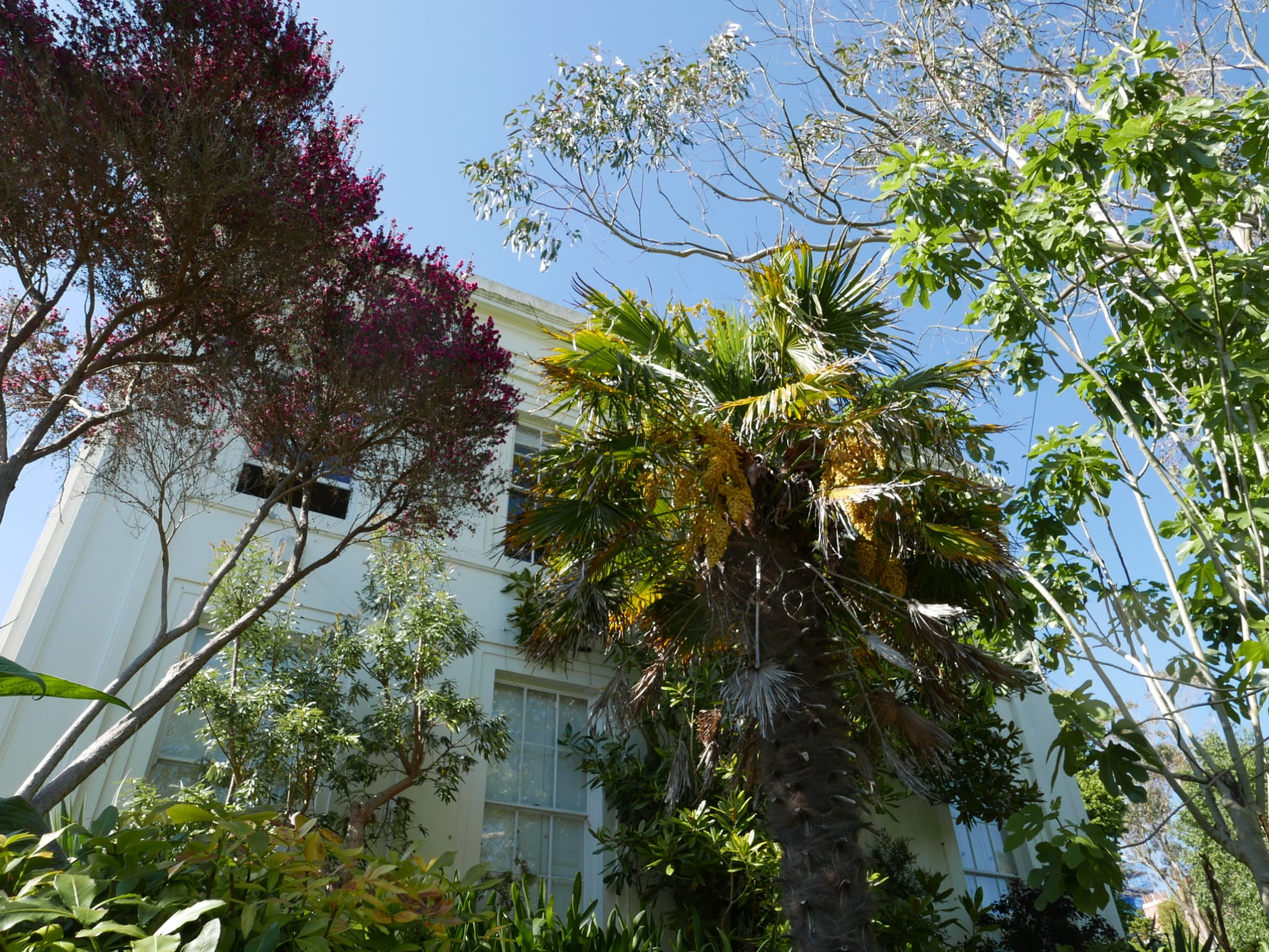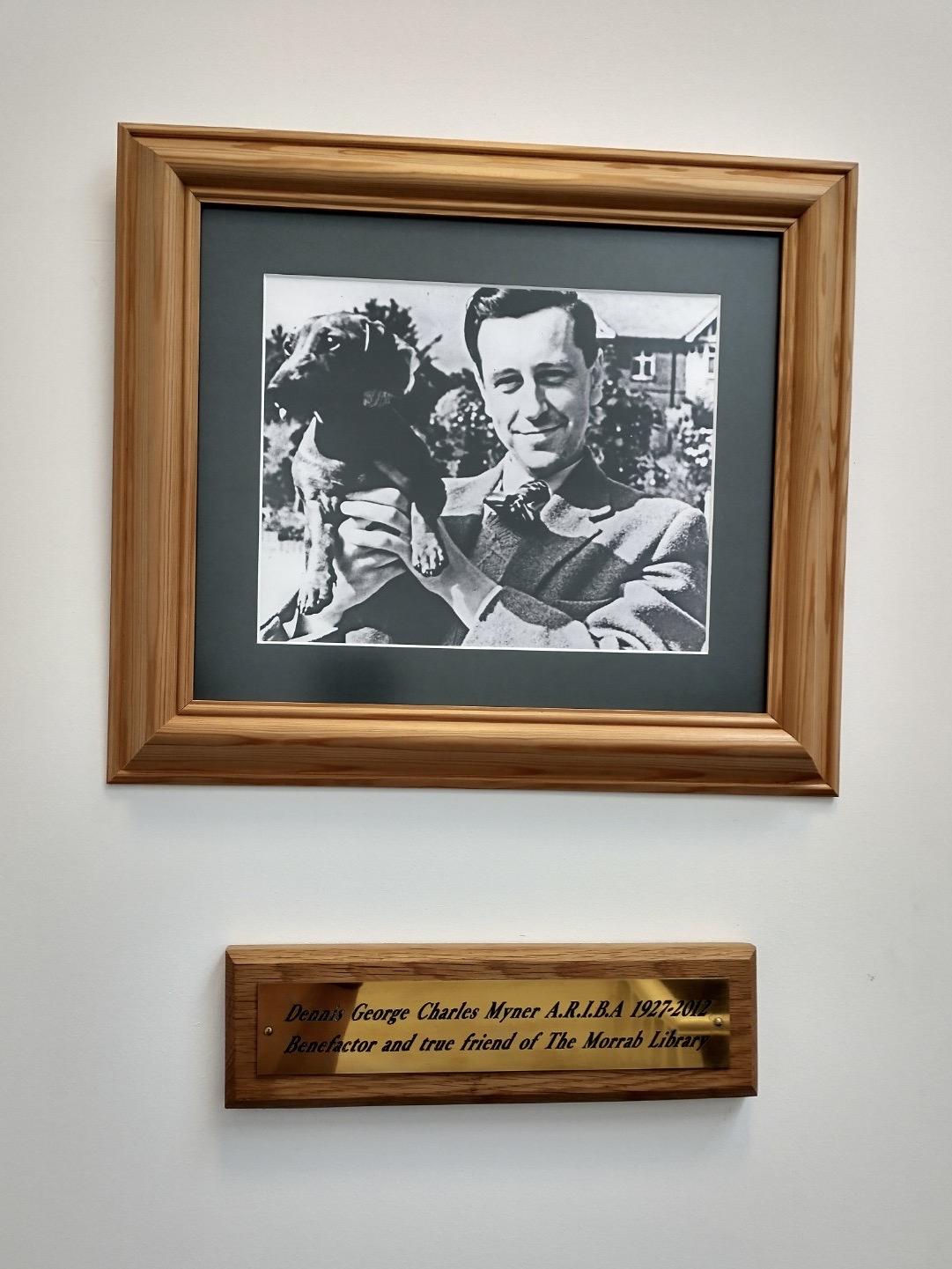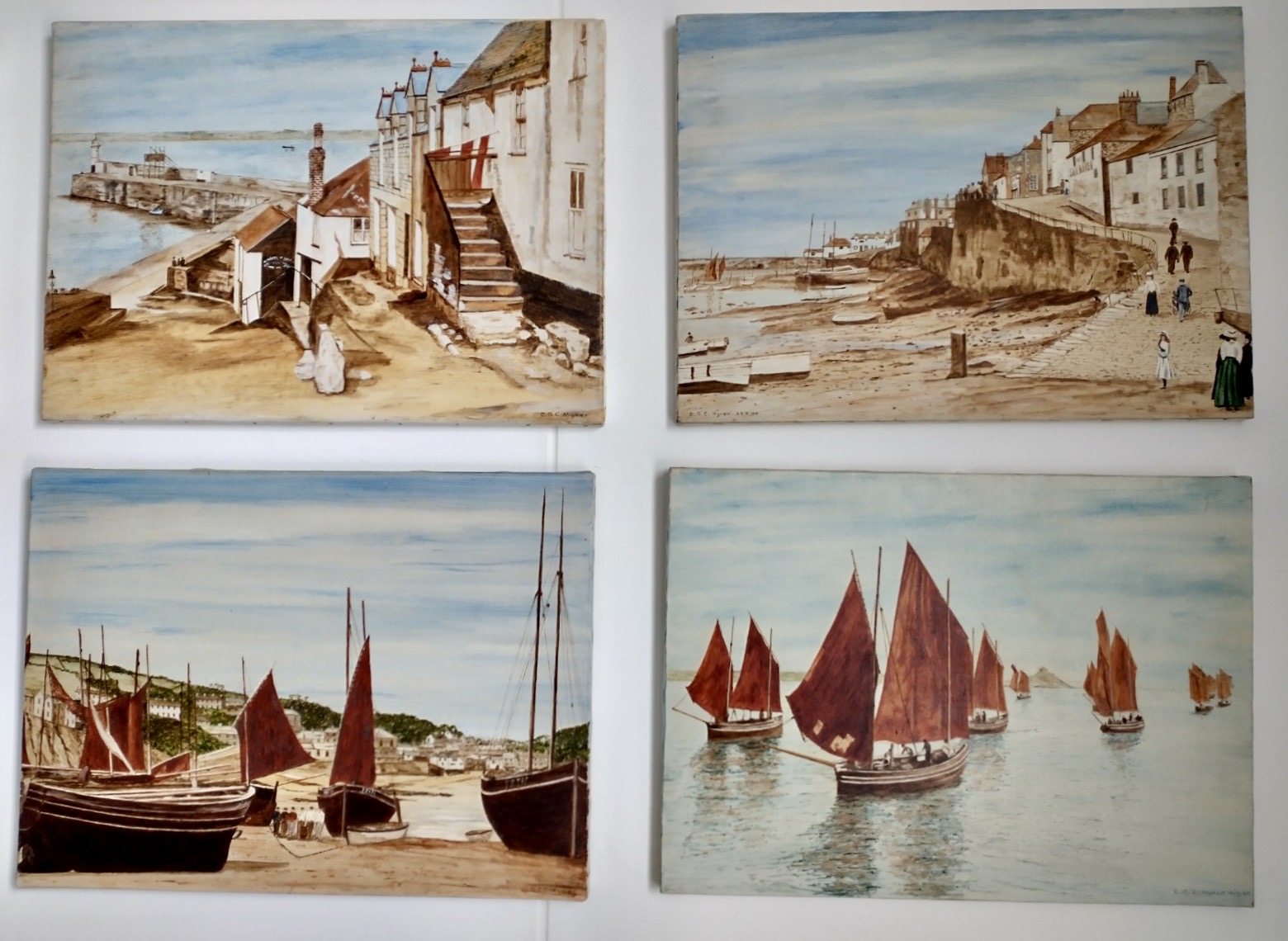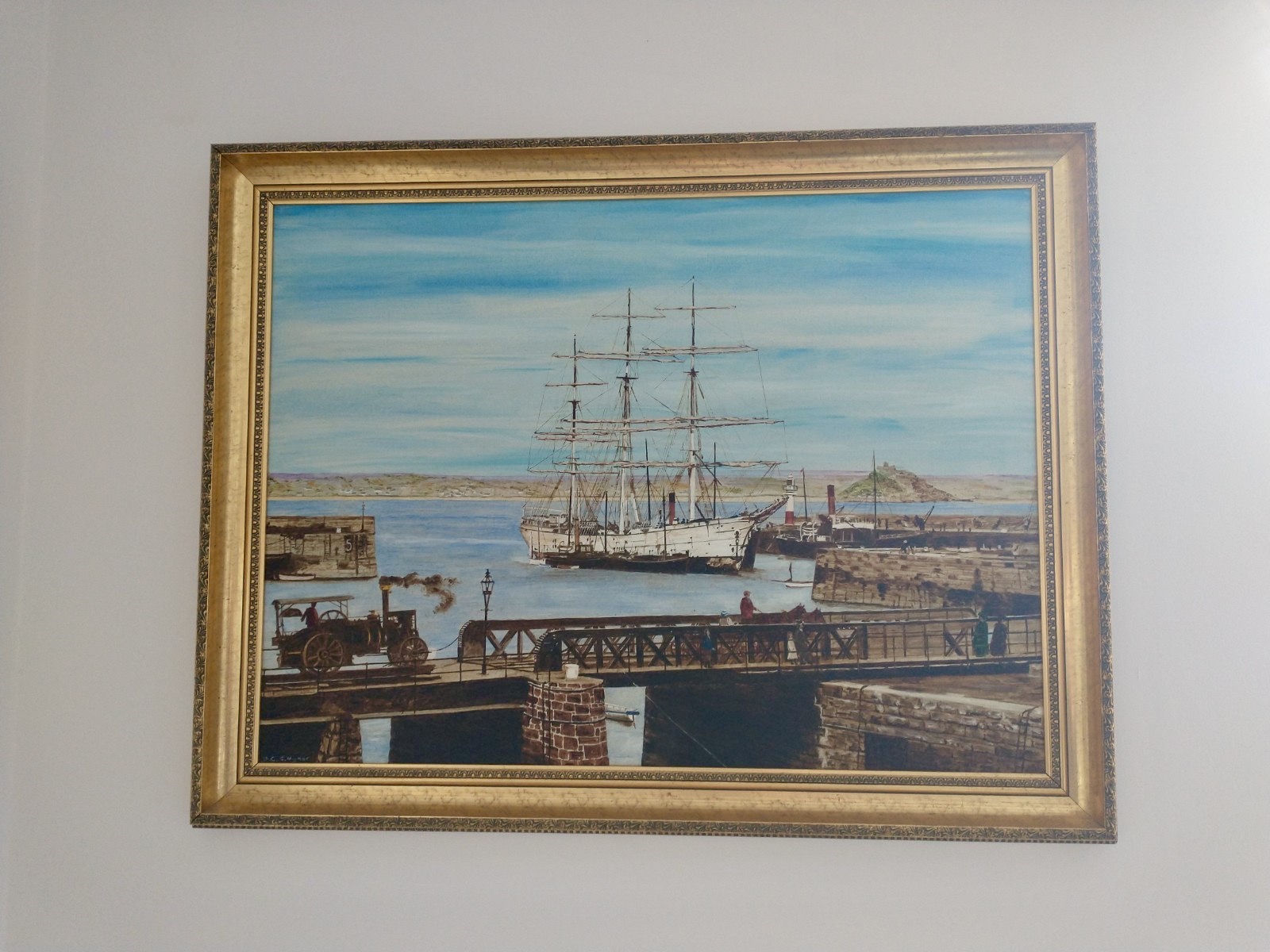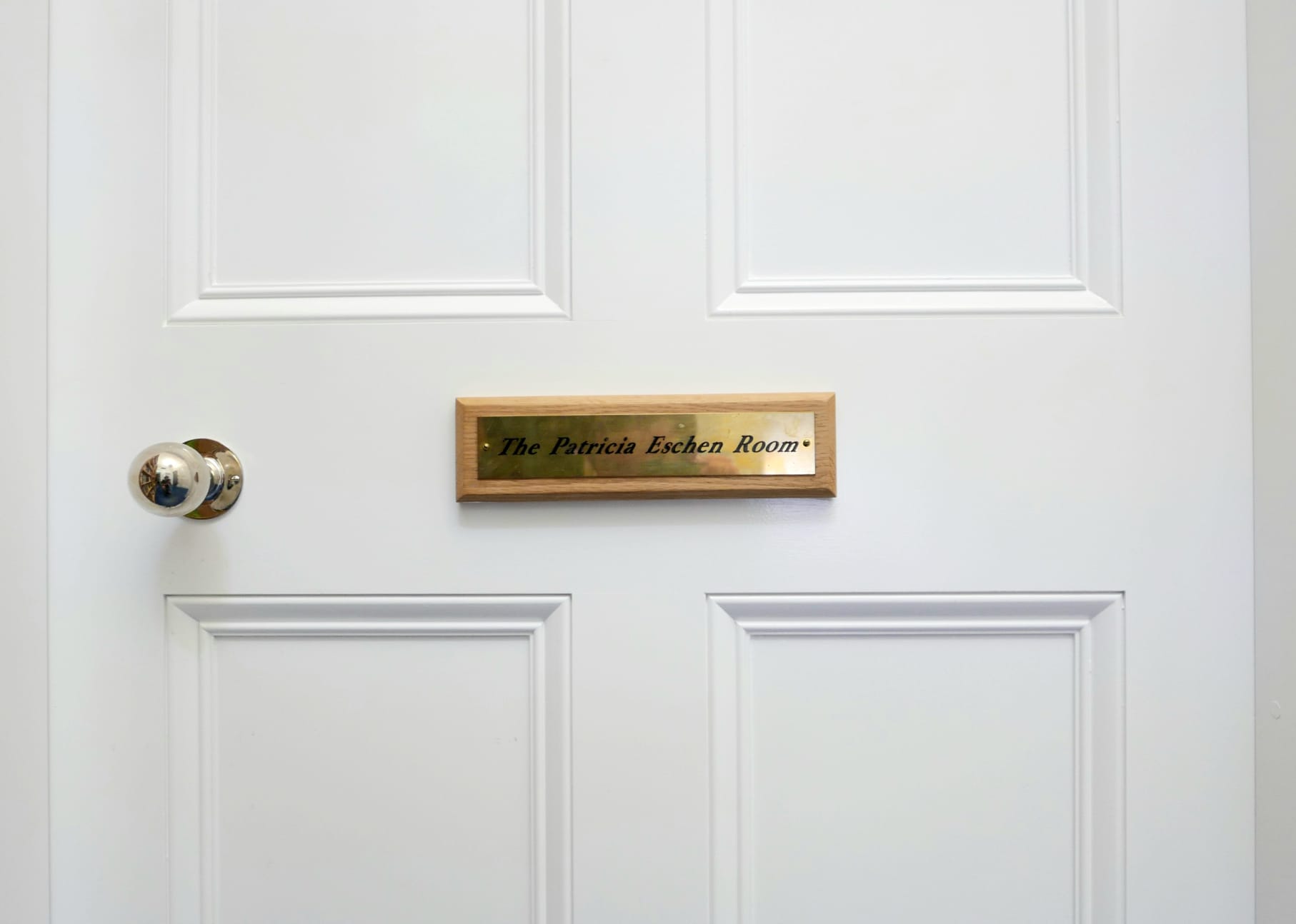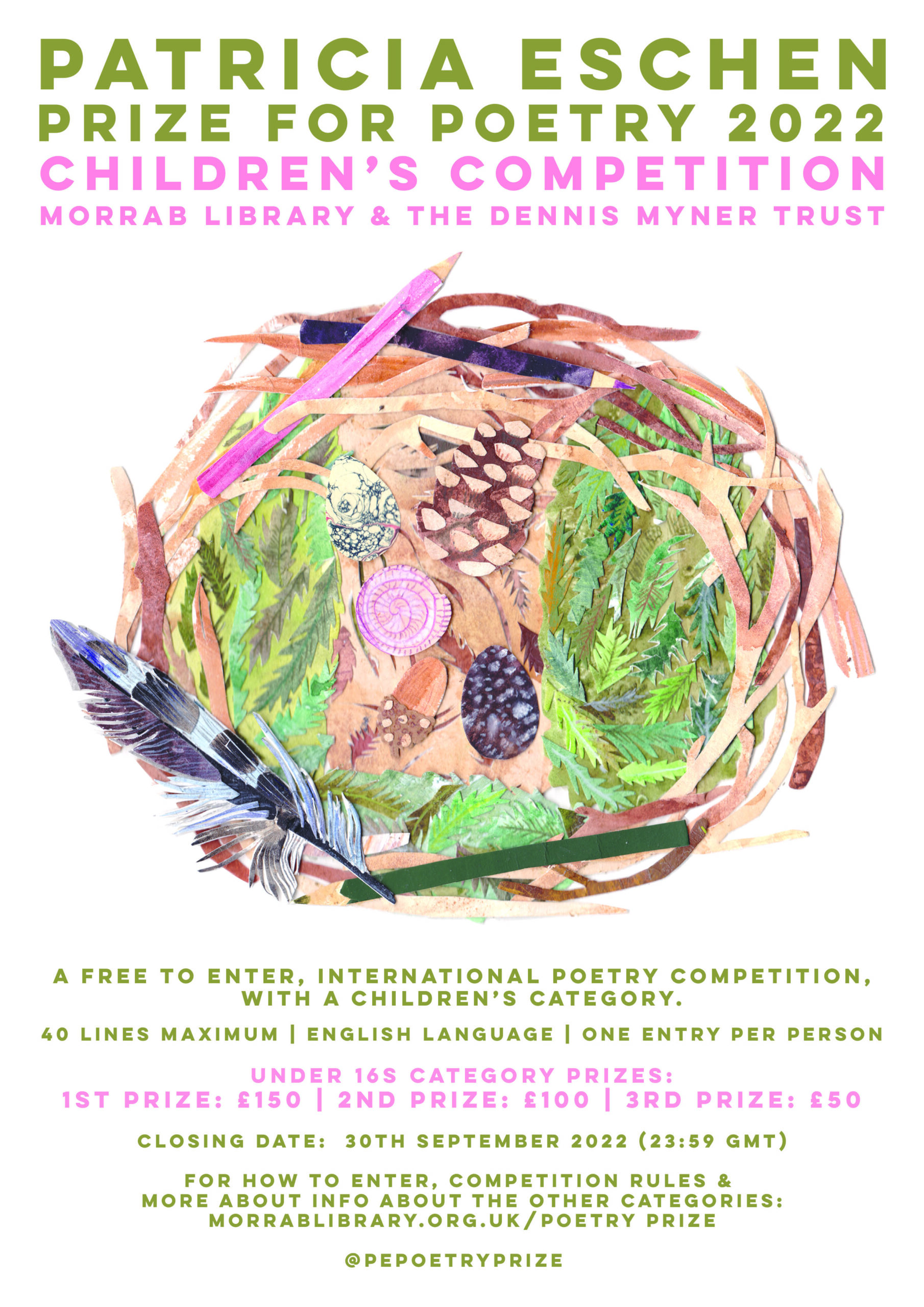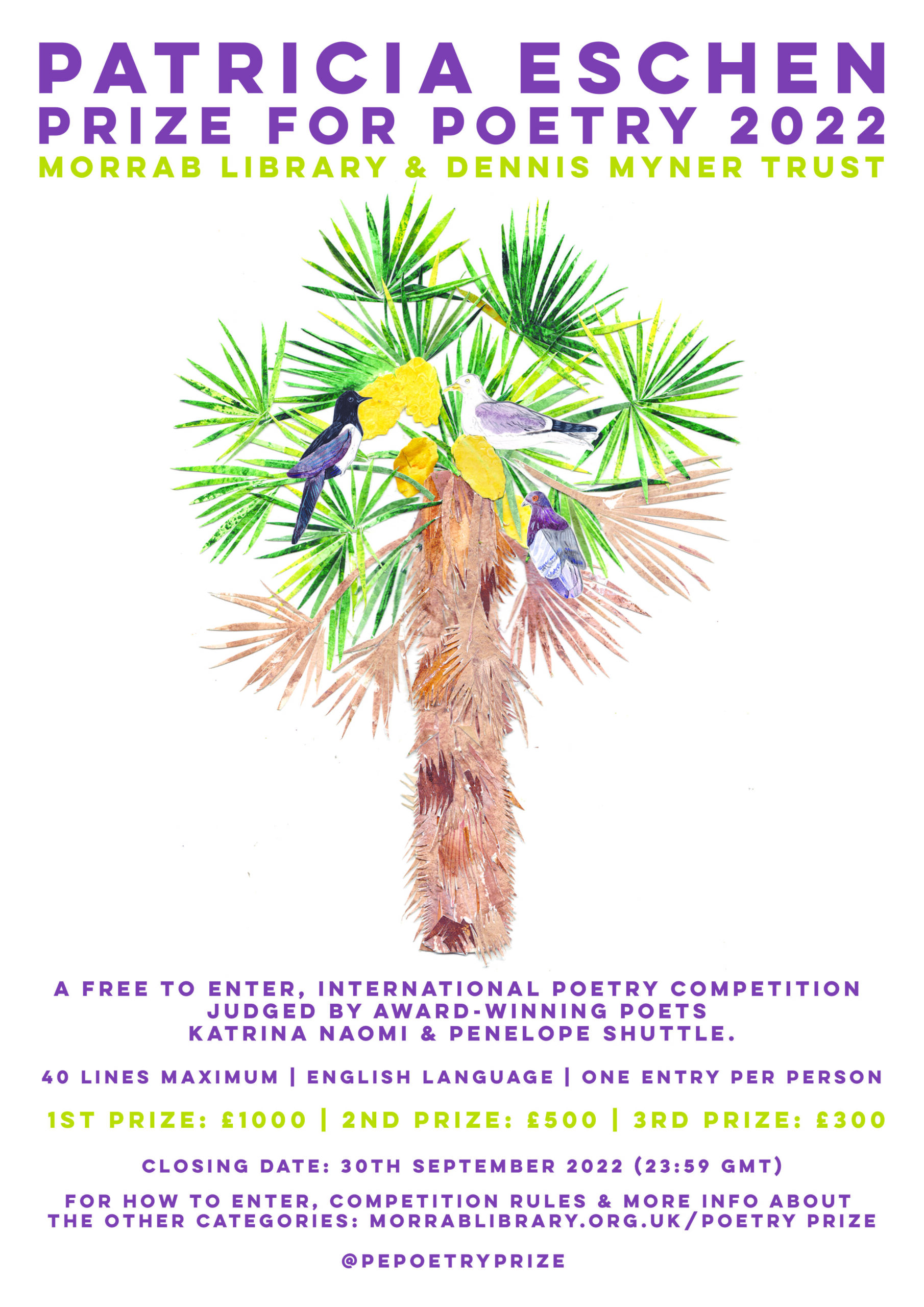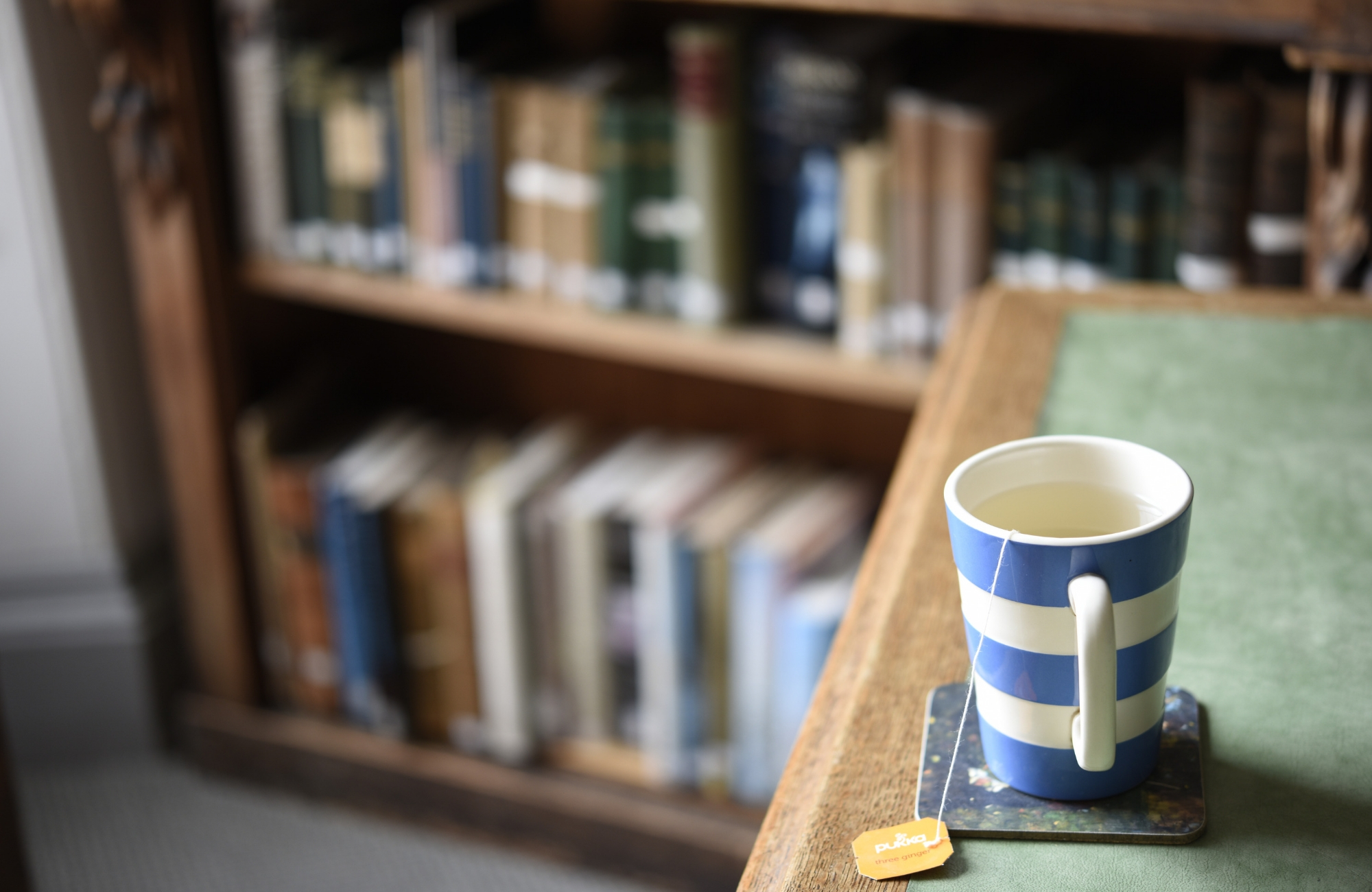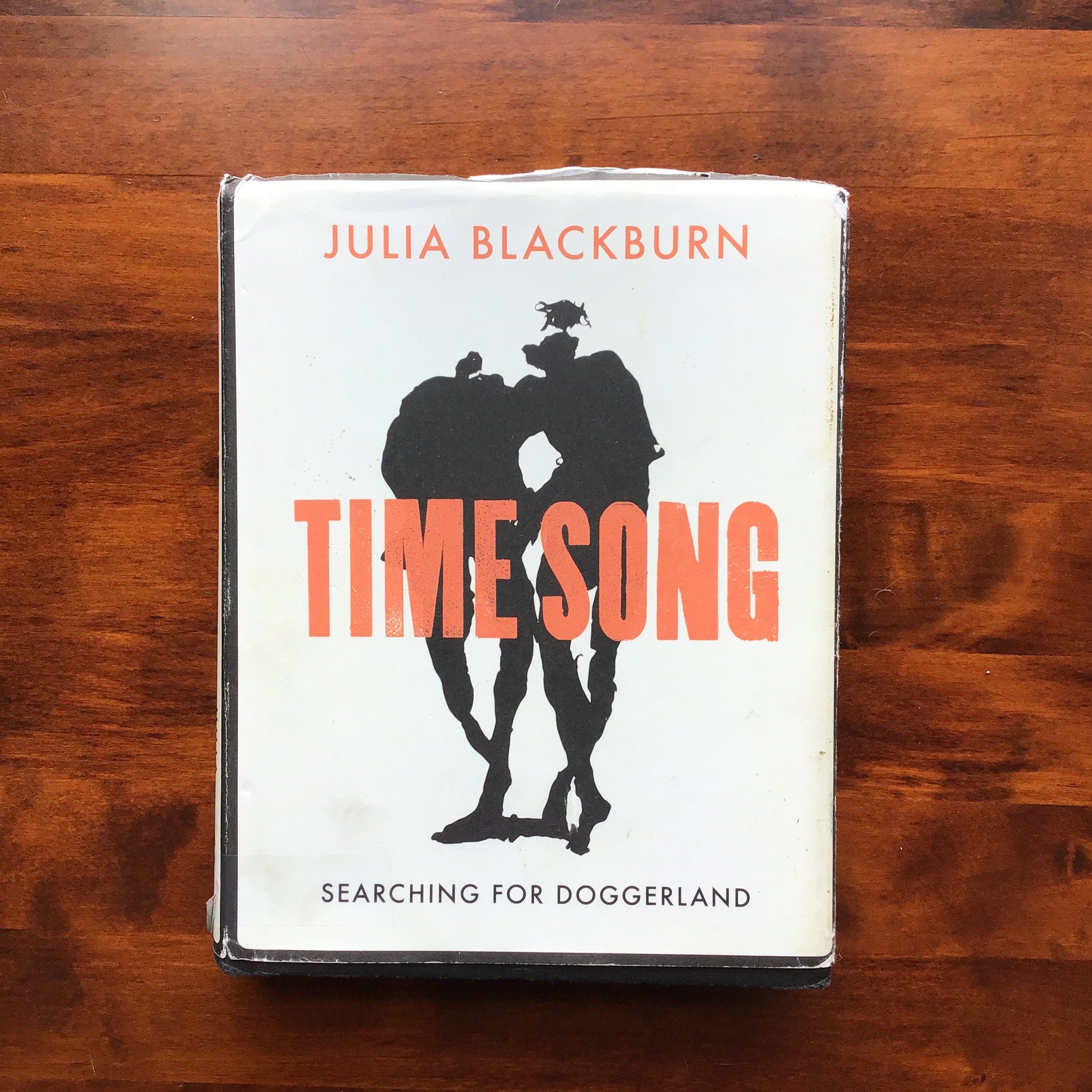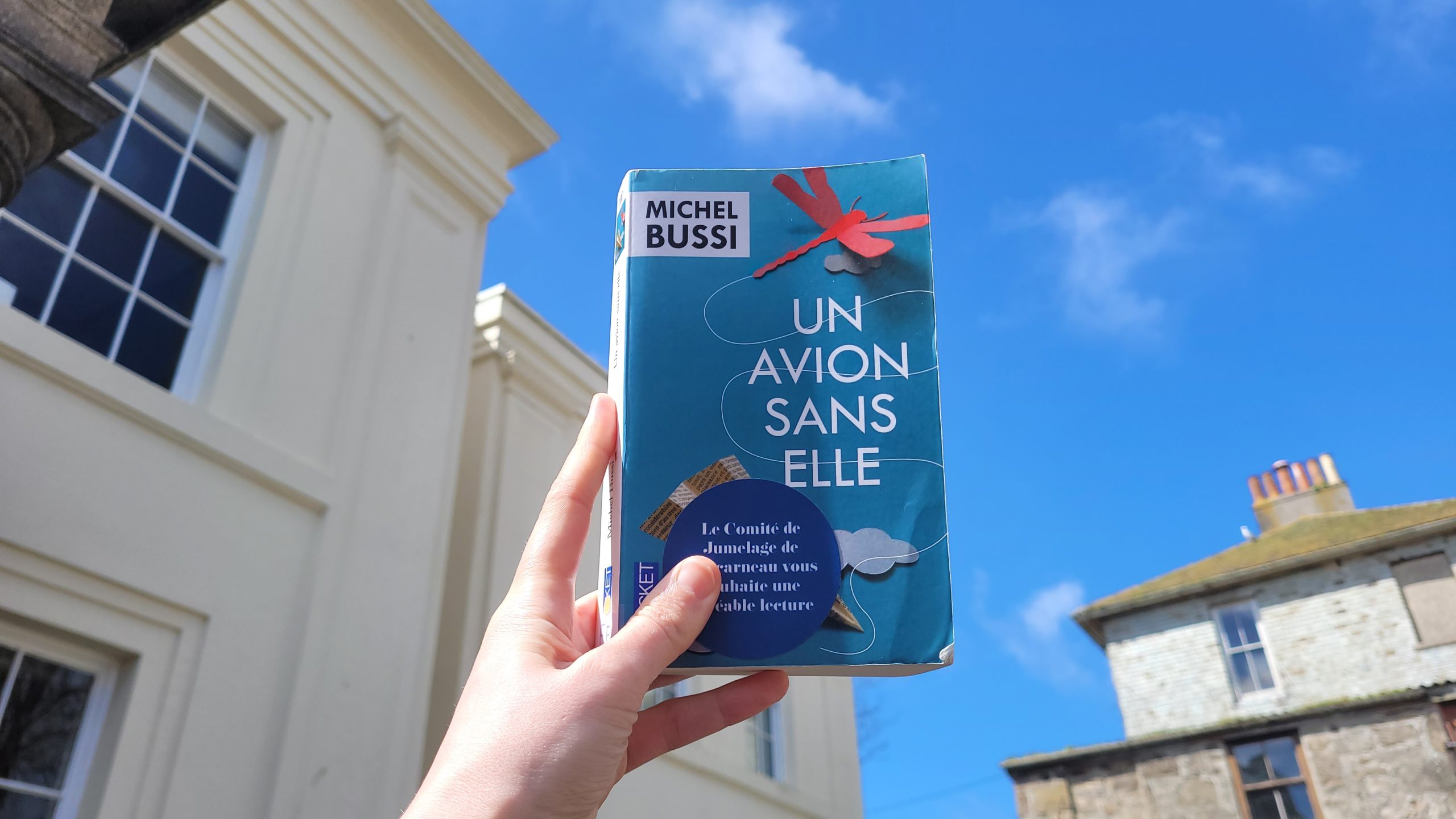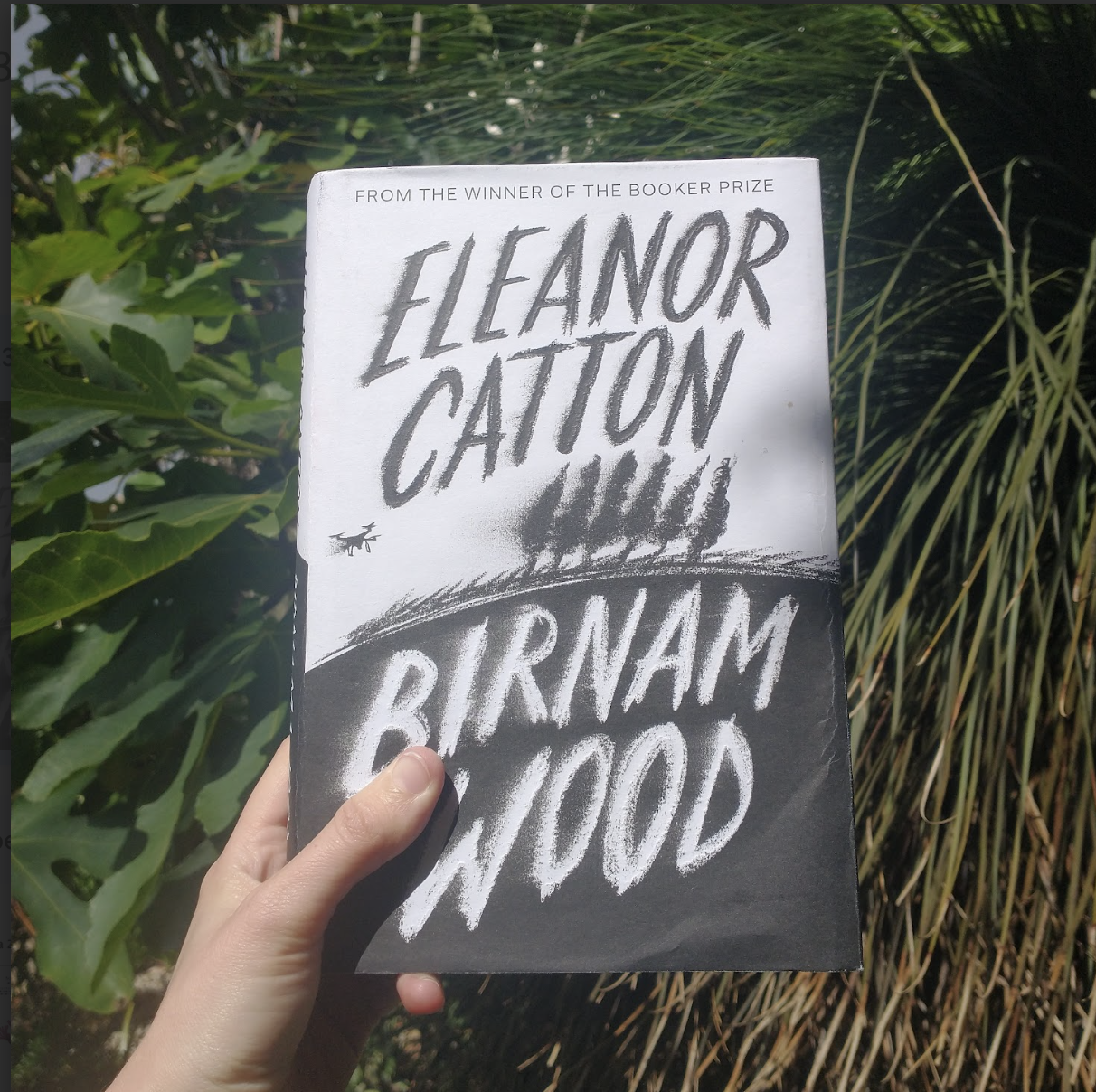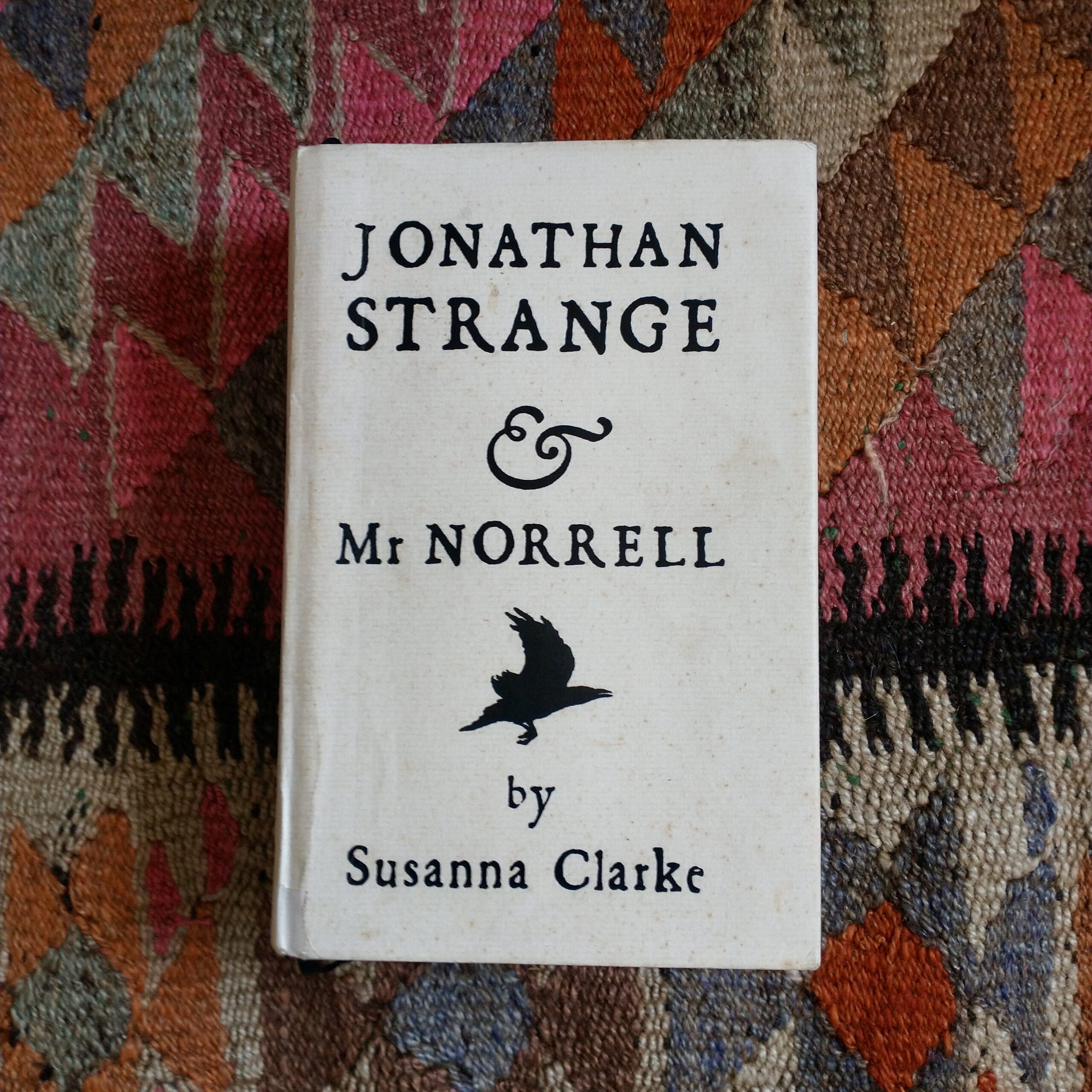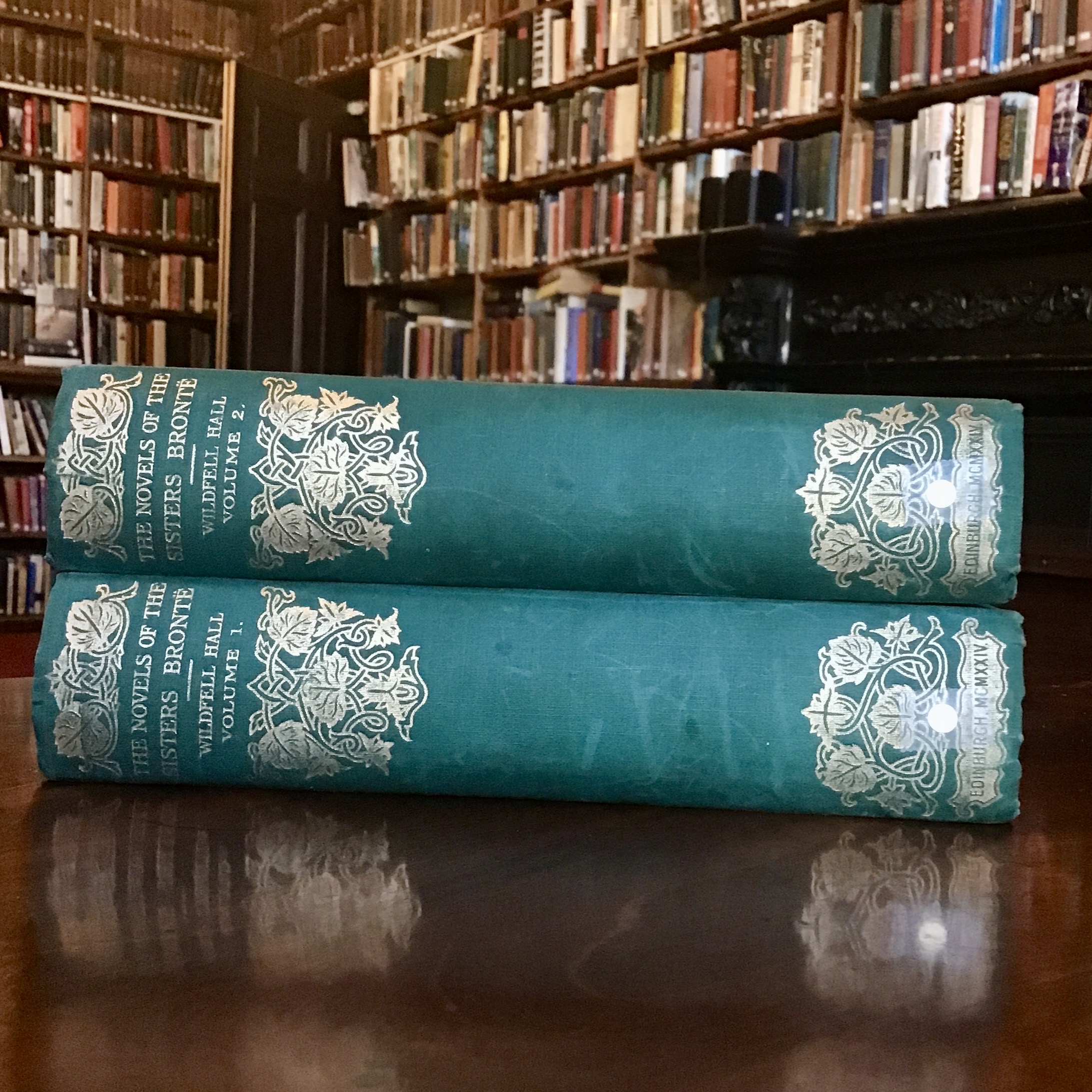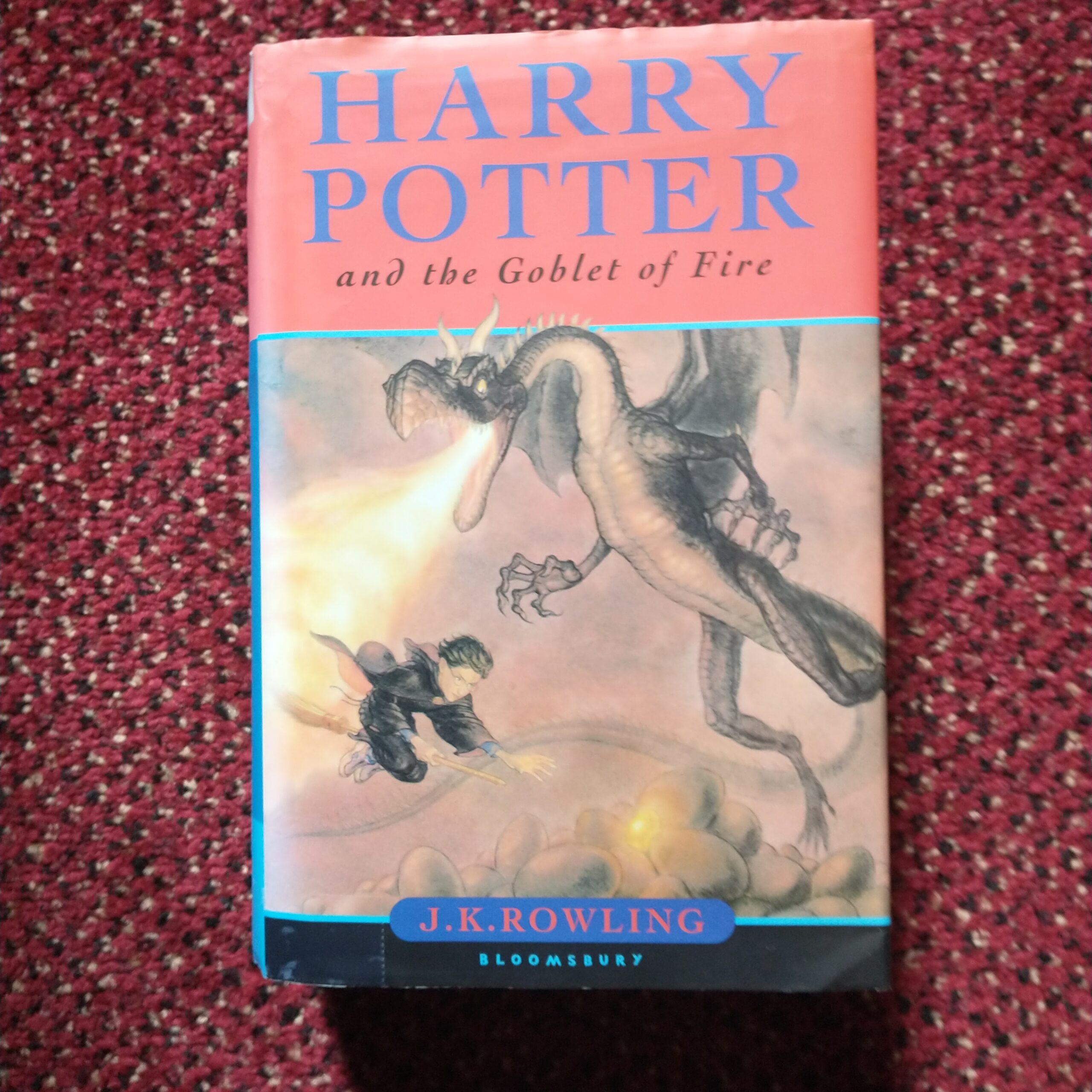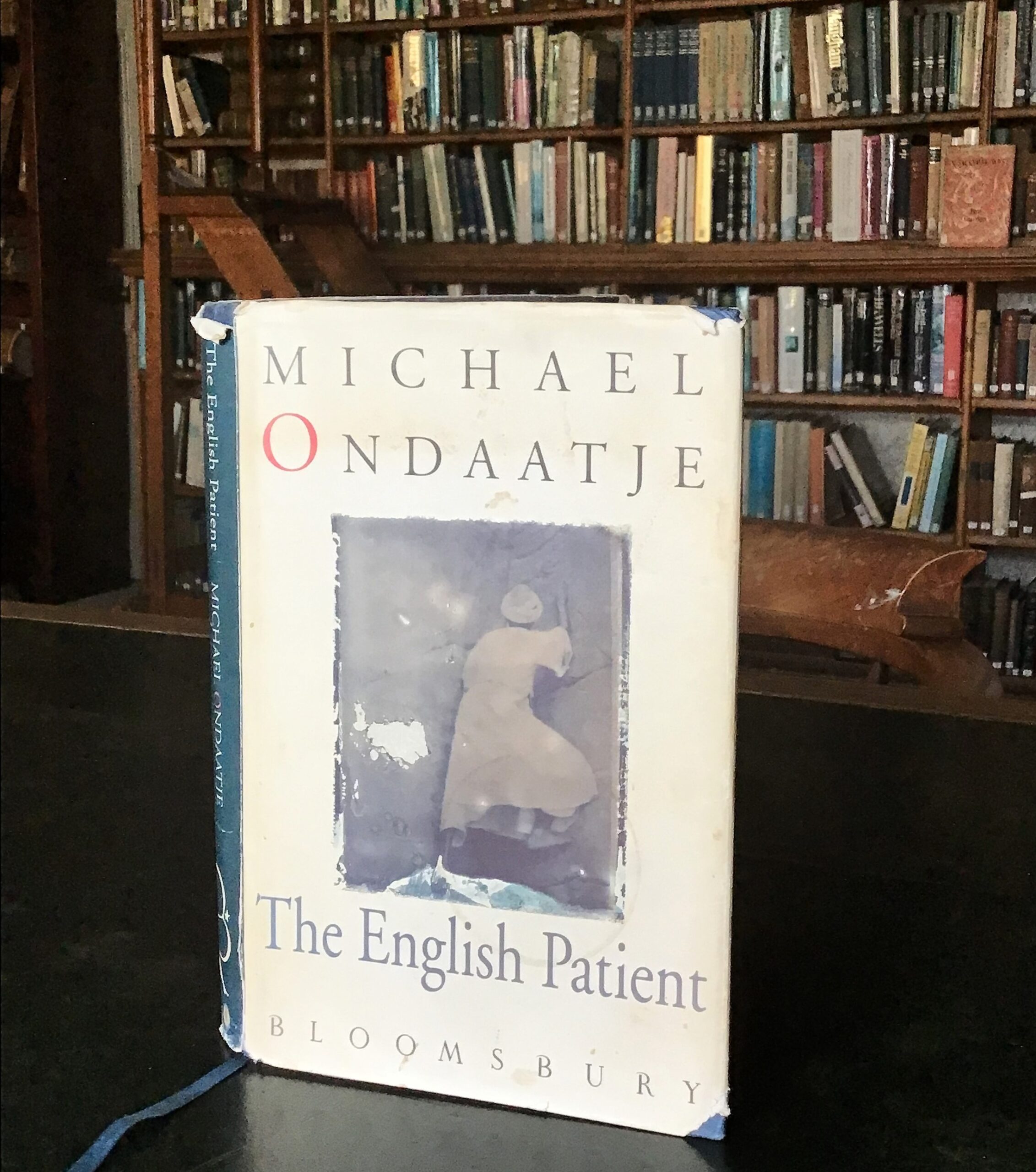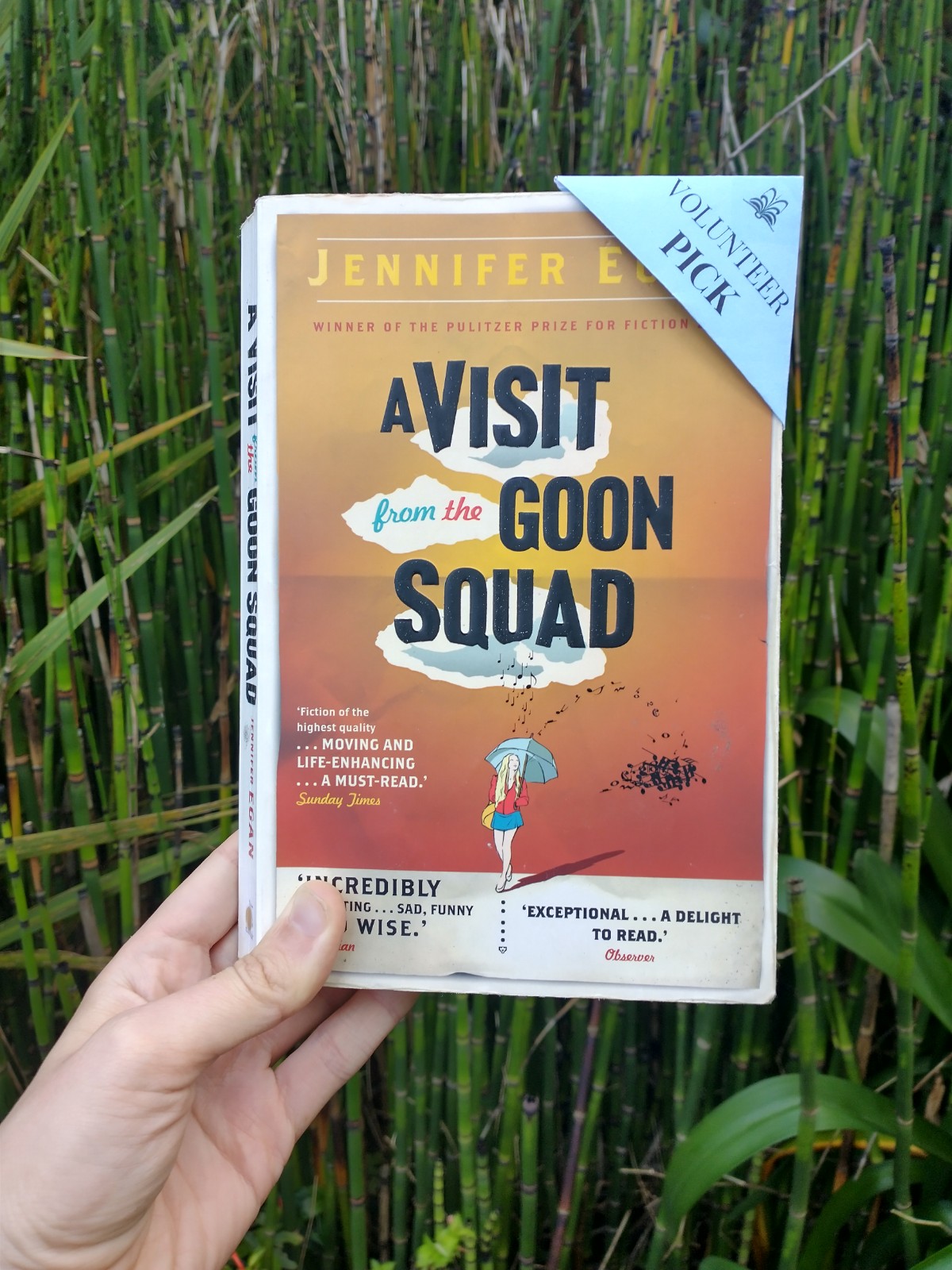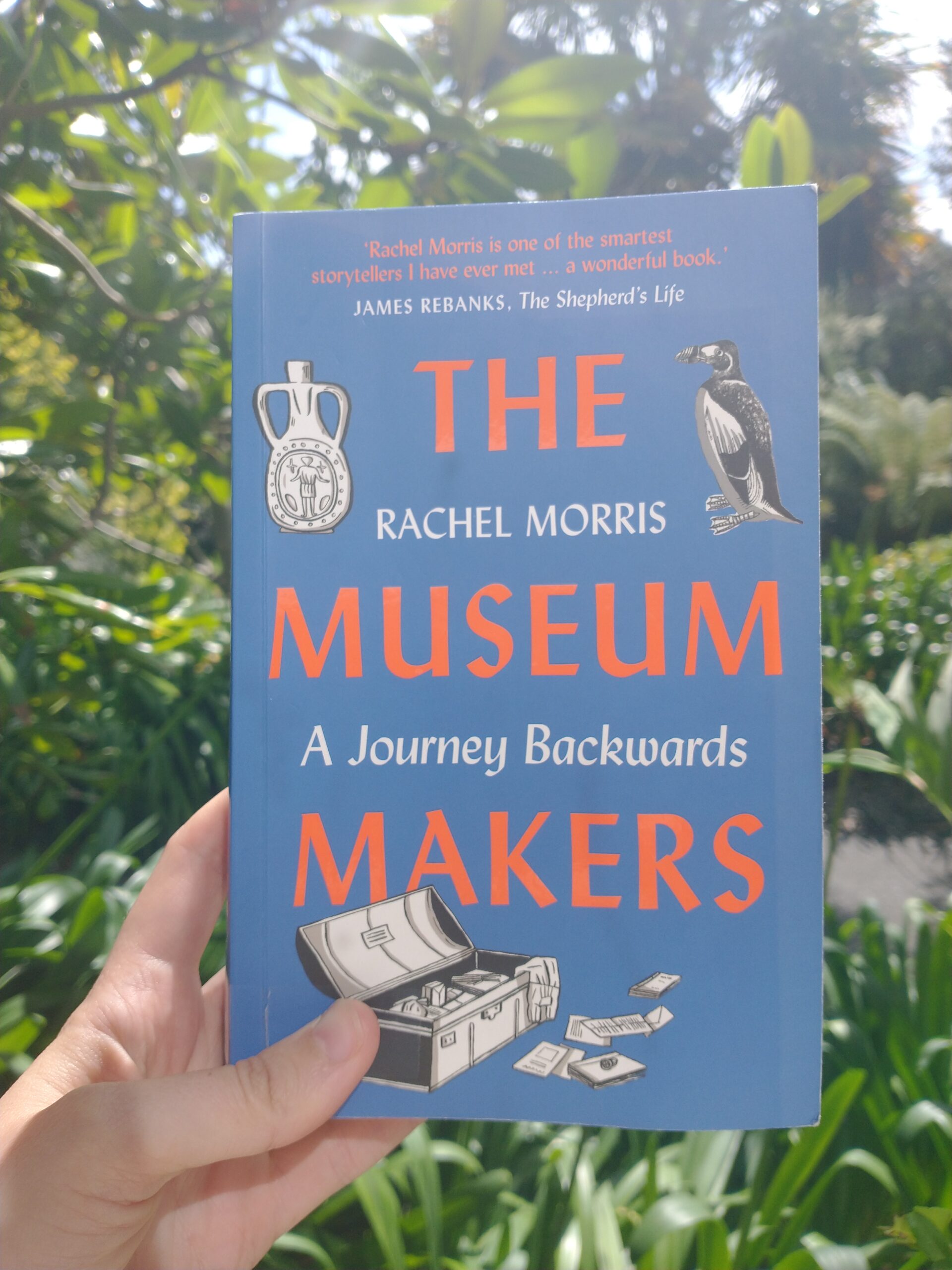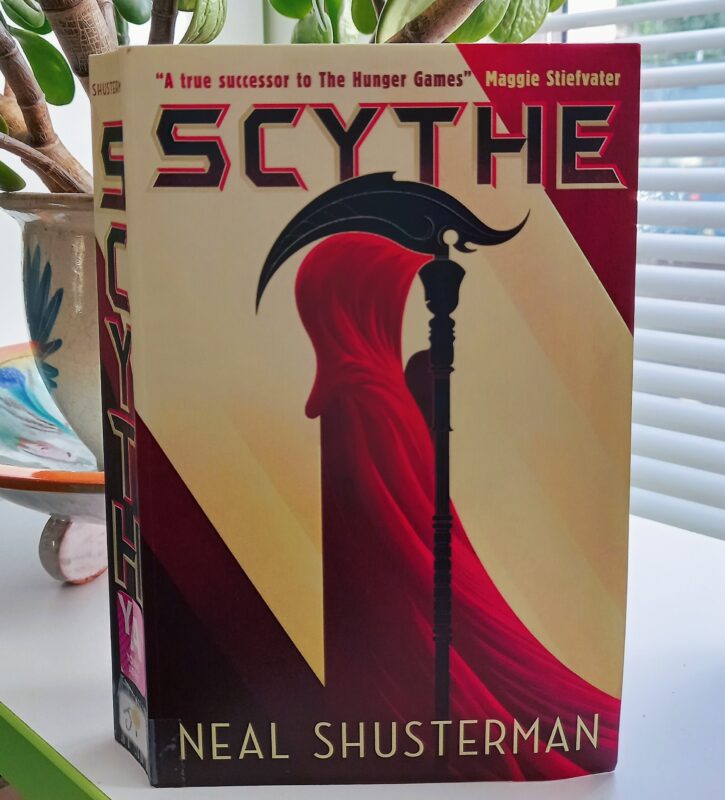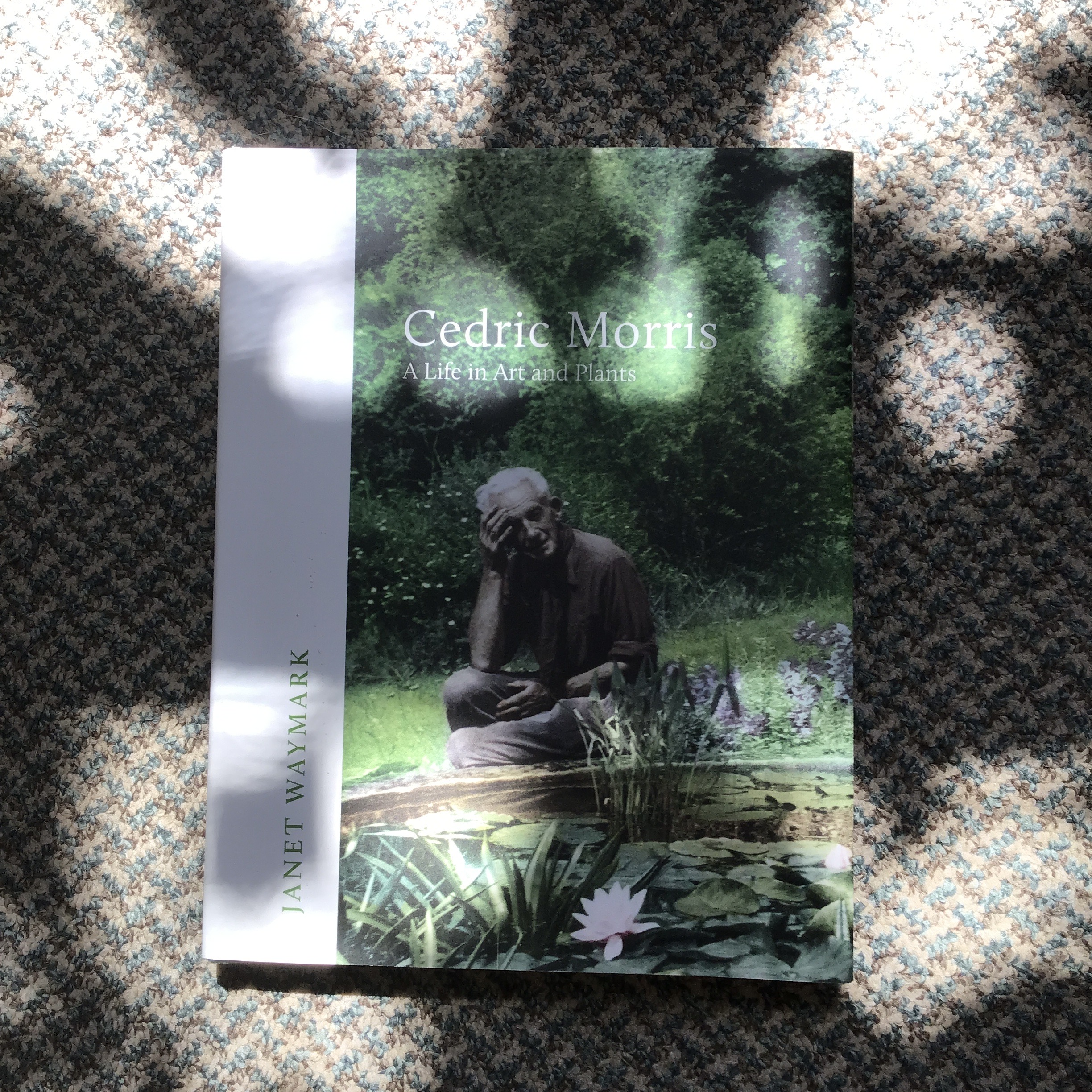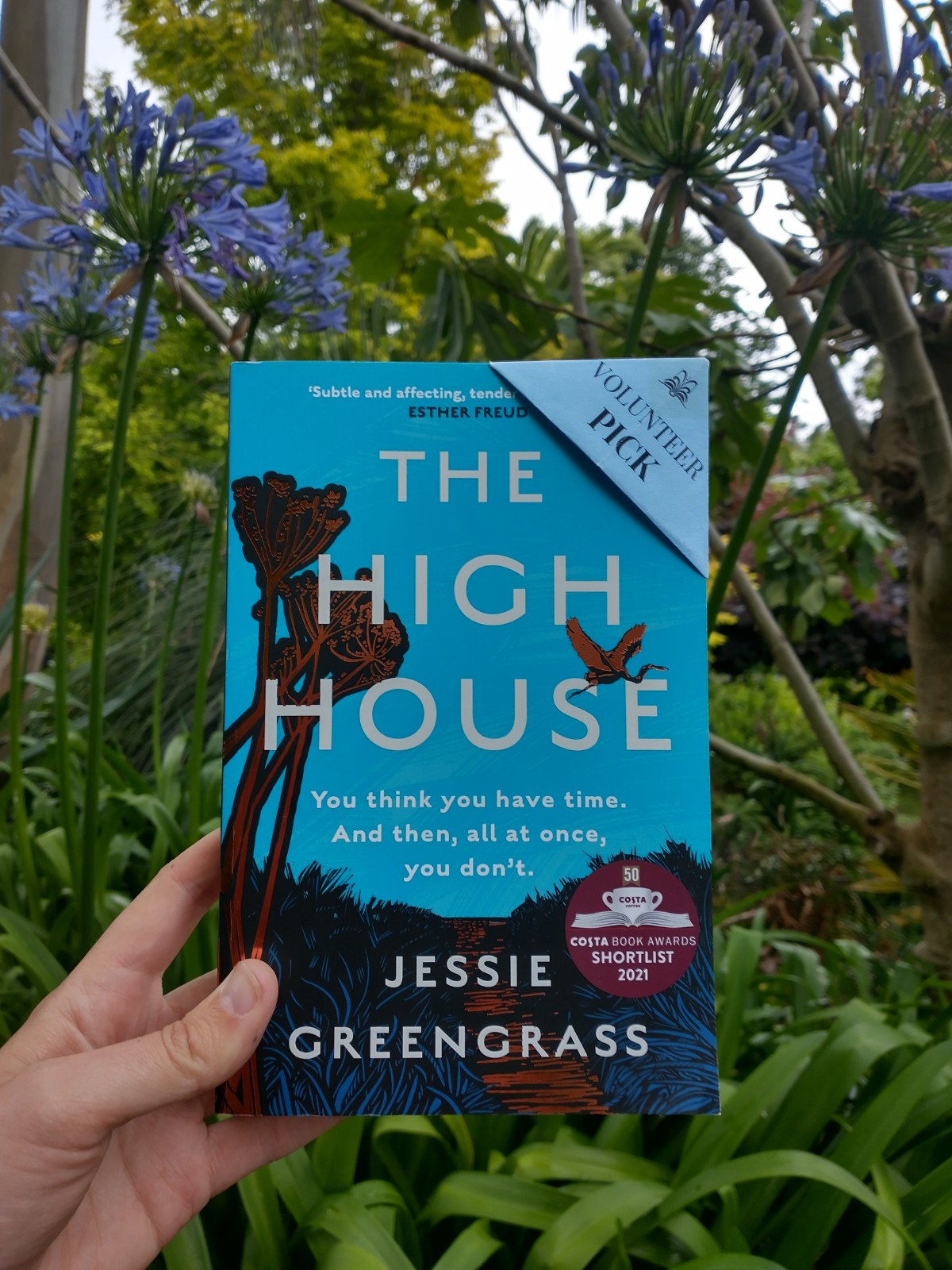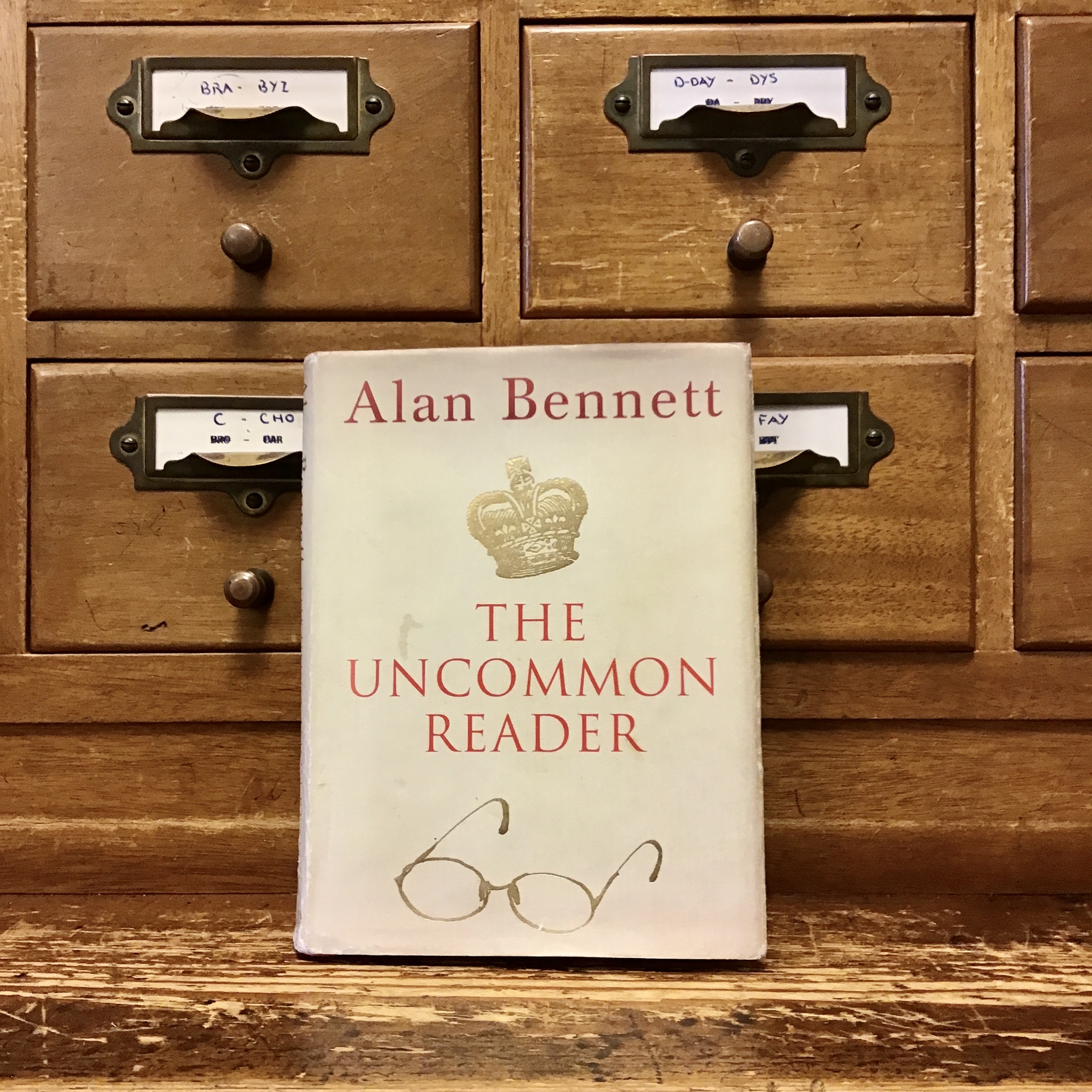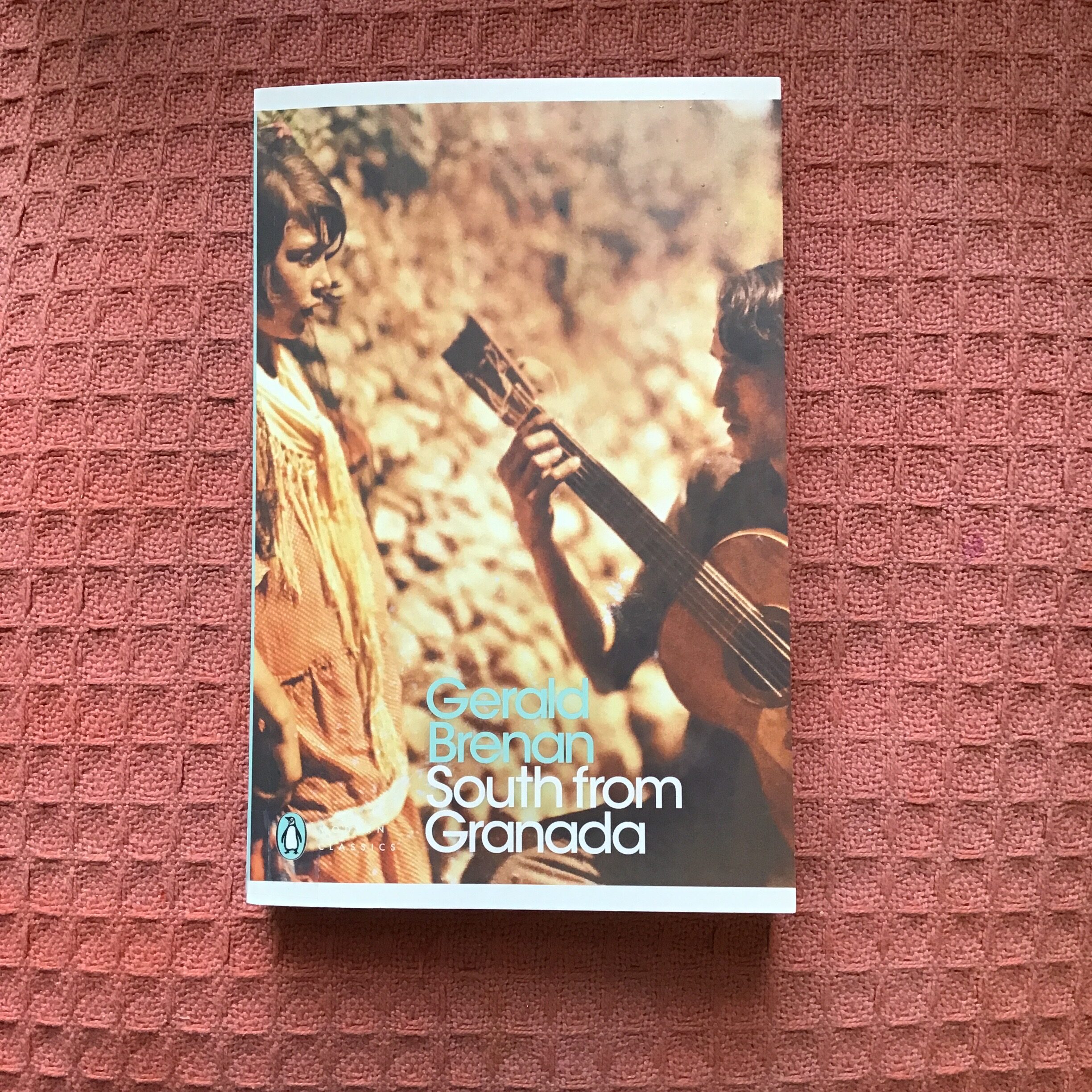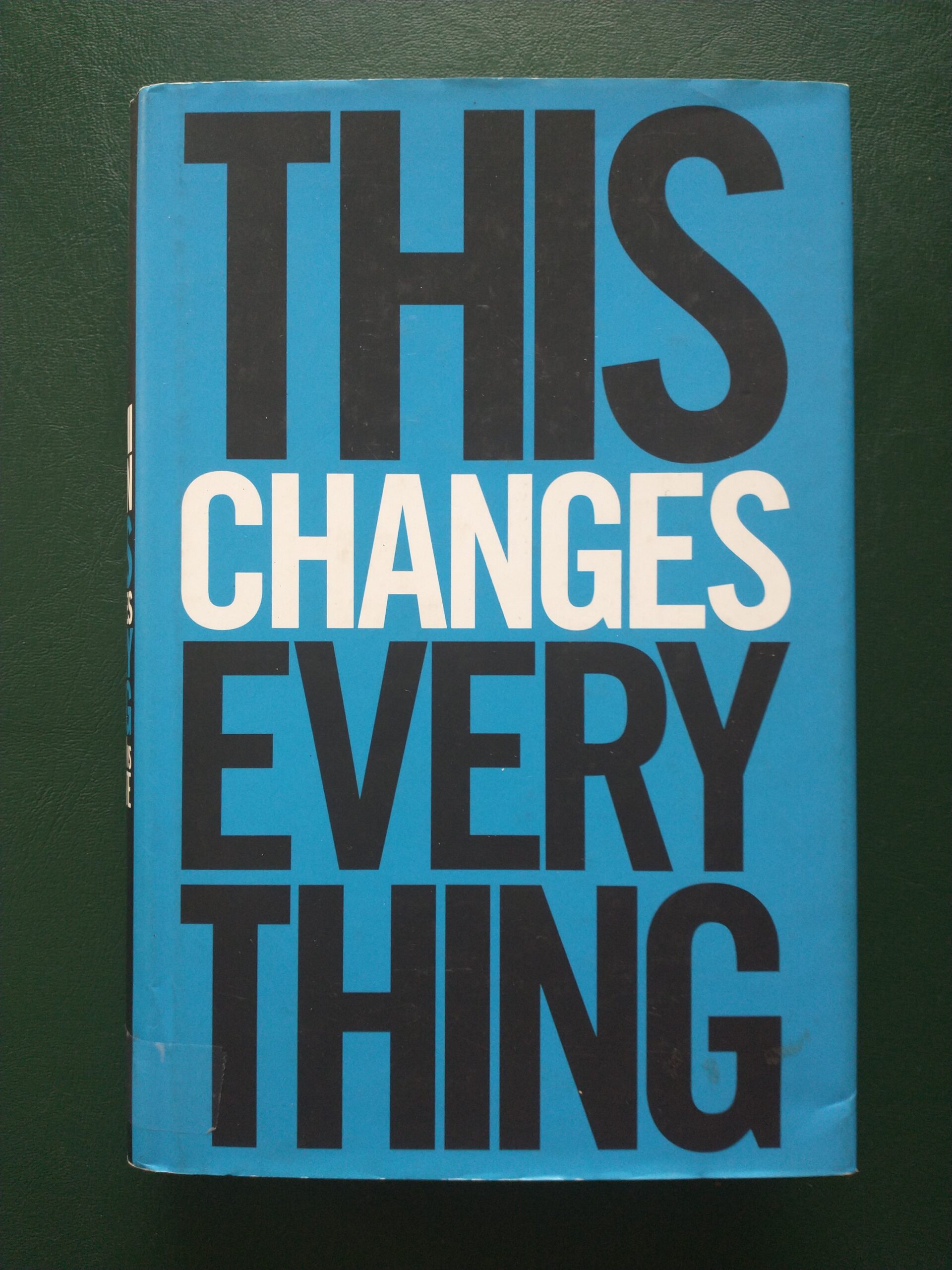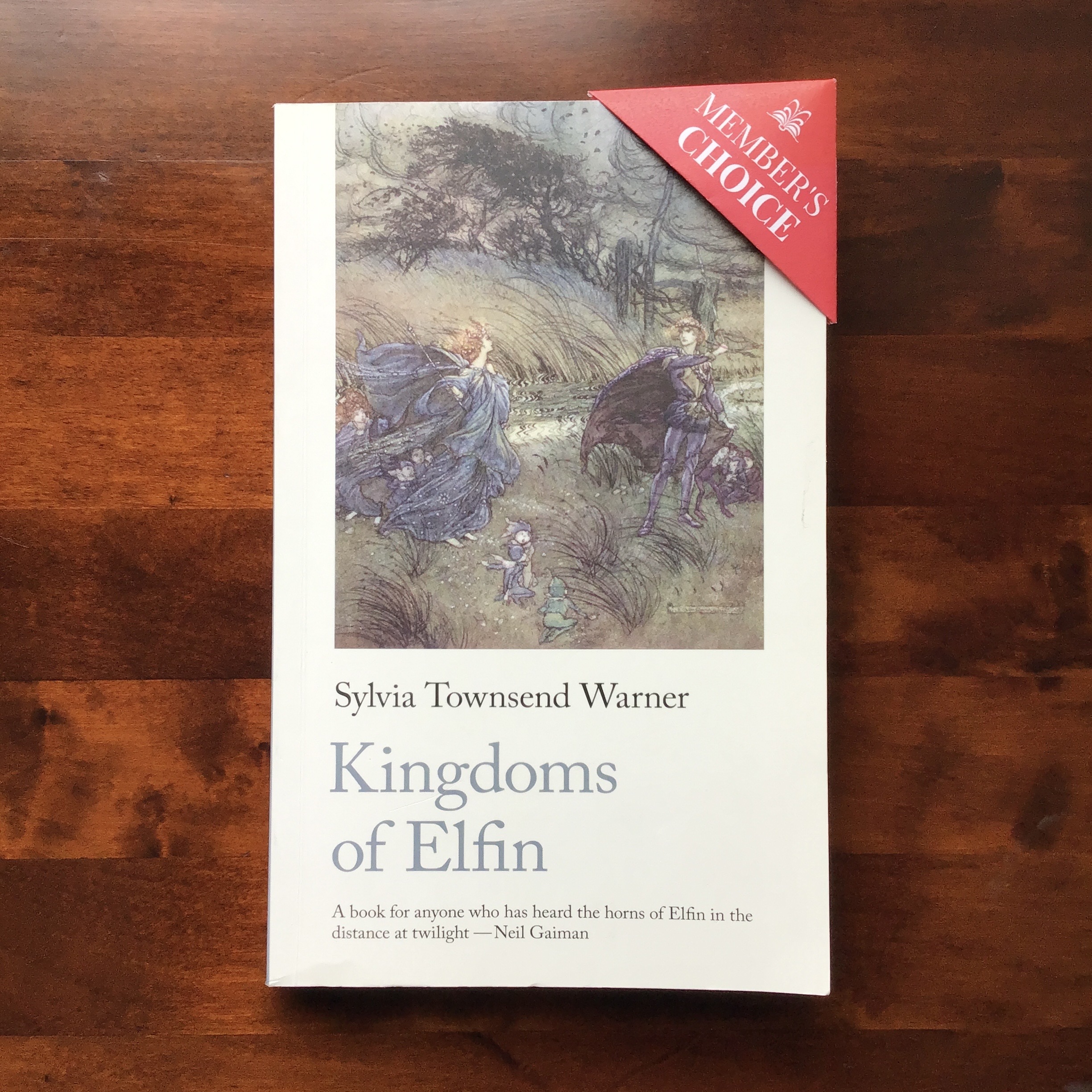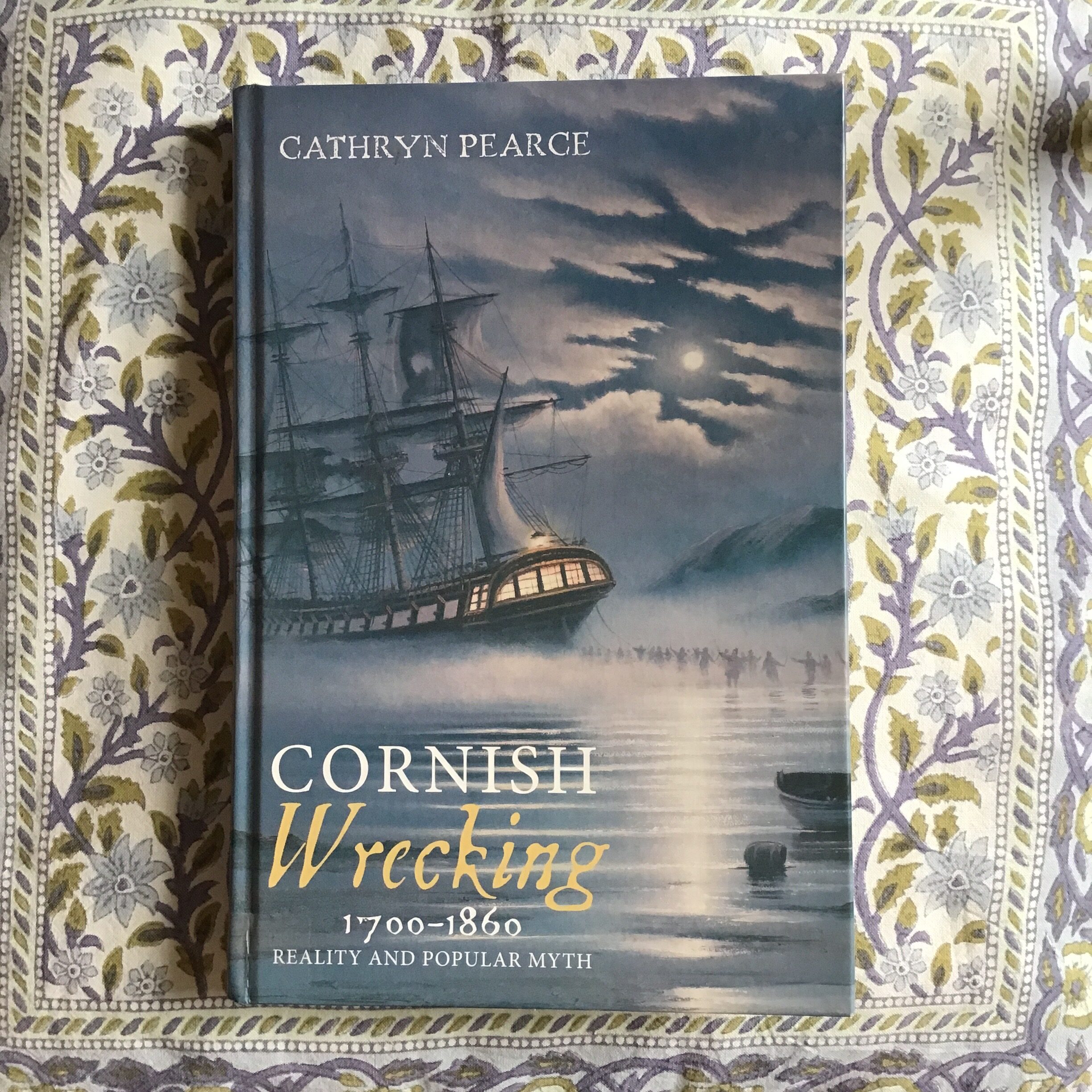Mrs Borlase’s ‘minced Pyes’
Charlotte MacKenzie is currently researching Cornish legends and historical individuals, including healthcare and folk customs in Georgian Cornwall. She popped into the Morrab Library in the autumn to use our Archive for some of her research. Along the way, she encountered Mrs Borlase’s recipe for ‘Minced Pyes’ and Charlotte has kindly written a blog for us about them.
One of the hidden treasures of the Morrab Library is a manuscript recipe book compiled by the Borlase family at Castle Horneck. Which includes a recipe for ‘minced Pyes’.
To make minced Pyes
Take Eggs & boyle them very hard when cold then mince them very Small, to one pound of Eggs two pounds of beef Suett one pound of Currants & ye Same Seasoning as you doe to your other minced pyes.
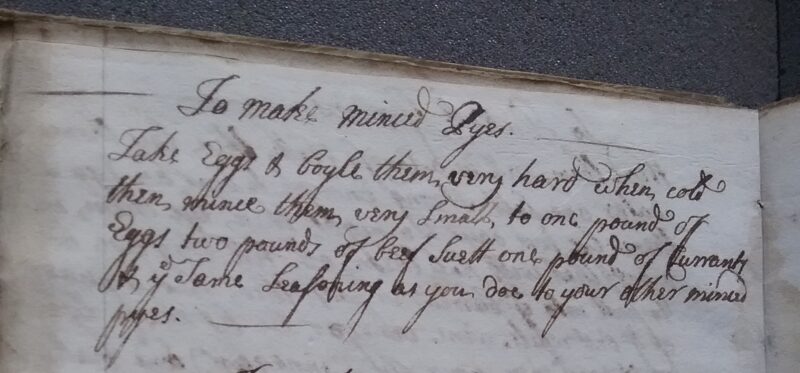
Charlotte’s photograph of Mrs Borlase’s recipe for ‘Minced Pyes’ which can be found in the Archive collection at Morrab Library
The quantities for the mincemeat filling suggest the household at Castle Horneck got through quite a lot of minced pies.
The book as a whole is of interest partly because it contains recipes and advice on family healthcare and first aid. Caring for family health, ailments, and illnesses was considered part of household management, which might also include attention to the well-being of horses or livestock. The Borlase family book was not unique. Recipe books like that of the Borlase family were mostly kept by women, whose responsibilities for family and household management included healthcare. And all kinds of recipes were sometimes shared between women in their family and social circles.
The book is organised as collections of recipes. For coughs, colds, fevers, headaches, itches, and digestive disorders; and first aid for scalds and cuts. The recipes were intended to relieve acute symptoms and promote healing, and did not include general pain relief. Information about whether and when recipes were prepared and applied is lacking. Some entries have an annotation that the recipe came from a named individual, including some prescriptions by medical practitioners, or were copied for possible future use from published books or magazines.
The book includes one recipe for a topical application for the head to cure ‘madness’; and many concoctions for ailments at every life stage and in different parts of the body – from sore nipples (presumably of nursing mothers) to steadying giddiness in the head; as well as a small number of prescriptions from medical practitioners. Plus other household requisites such as how to make ink and hair dye, and recipes for horses.
Although the Borlase family could afford to consult medical practitioners – and sometimes did – Cornish recipe books confirm that households were partly self-reliant in managing health and illness.
It is an approach which can be seen in the writings of William Borlase, whose brother Walter’s family had lived at Castle Horneck. In the 1760s, the health of William’s wife Anne improved, and he wrote to a friend, the Cornish born physician William Oliver in Bath, that ‘Our only physick for the last year has been no other than the air on the beach below the house, where we daily make our almost only visits, and pick pebbles’. After being widowed, Borlase later wrote that his own prescription for health in old age was to ‘read, write, and ride’.
